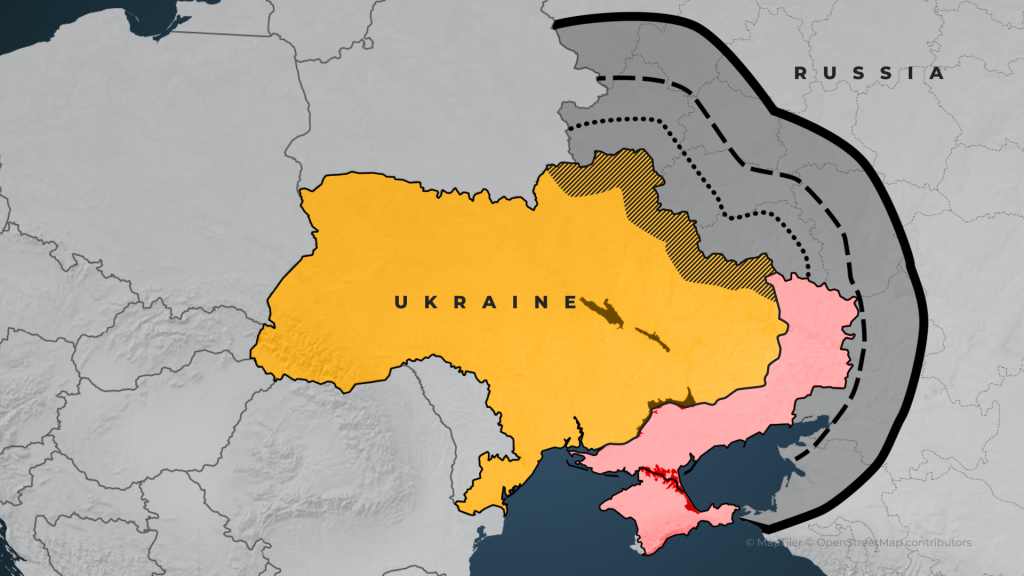The United States is sending a significant amount of weaponry to Ukraine. However, the White House is not allowing the Ukrainian military to use these weapons to their fullest potential against targets in Russia.
From the start of the war in 2022, the Biden administration unilaterally put mandates in place prohibiting the use of U.S.-made weaponry on targets located within Russia. According to the administration, this is an effort to prevent the conflict from escalating into World War III.
However, the situation may be changing. Texas Rep. Michael McCaul, R, the chairman of the House Committee on Foreign Affairs, questioned Secretary of State Antony Blinken Wednesday, May 22, about the White House’s restrictions, reminding him that the weapons package recently approved by Congress did not include any such limitations.
McCaul asked Blinken directly if the policy would be changed so Ukraine could “stop fighting with one hand tied behind its back.”
The New York Times also reported after visiting Ukraine, Blinken is now lobbying the White House to lift its restrictions on the use of U.S. weapons in Ukraine, at least in some instances.

To illustrate the situation, the above is a recreation of the map Rep. McCaul used during the House Foreign Relations Committee hearing. It is based on information and data compiled by the Institute for the Study of War.
The map shows Ukraine, Russia, and Russian-occupied Ukraine in light red, which includes Crimea. The lines on the map represent the ranges of some U.S.-provided weapons to Ukraine:
- Dotted-line: HIMARS rockets, maximum range of about 48 miles.
- Dashed-line: Mid-range ATACMS missiles, range a little over 105 miles.
- Solid-line: Maximum known range of ATACMS missiles, 186 miles.
As of the date of this article’s publication, Ukraine cannot use any U.S.-made weapons against targets on Russian soil. This restriction allows Russia to mass its troops, artillery, and other weapons systems within these zones. While Ukraine can hit targets deep in Russian territory, it primarily does so with slow-moving drones, which do not have the same impact as U.S. weapons. Russia is also increasingly intercepting the drones.
This is why McCaul, former State Department staffers and others lobbied the White House to not only arm Ukraine with the necessary weapons but also allow Ukraine to use them as intended, targeting as many Russian bases, launchers, aircraft, ships, troop formations, and other assets as possible.
Additionally, the White House may reconsider its restrictions on air defense missiles. In northeast Ukraine (the shaded area of Ukraine on the map above), Russian glide bombs pose a significant threat, allowing Russia to essentially destroy entire towns without deploying ground troops.
Recently, Secretary of Defense Lloyd Austin hinted at the possibility of allowing Ukraine to use American-made missiles to target the Russian jets dropping these bombs, which are currently operating safely behind Russian lines.








